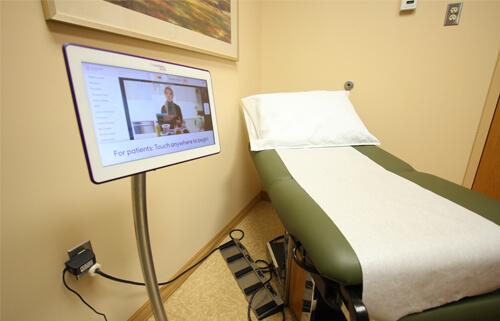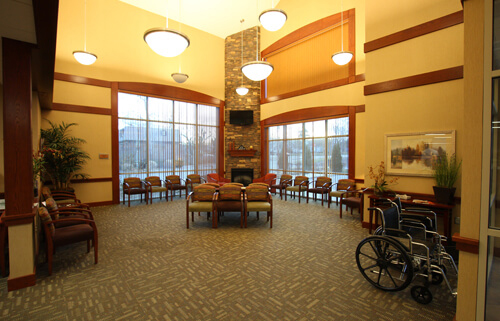Overview
Your liver produces bile, a substance involved in the digestion and breakdown of fats, cholesterol, and waste products in your food.
When you’re not eating, the bile is stored in the gallbladder, a small, pouch-like organ located in the upper abdomen. When you eat, the bile is transported from the gallbladder to the small intestine through tubes known as bile ducts.
Several bile duct disorders can cause damage to the bile duct, hindering the movement of bile, leading to a loss of function and, eventually, to severe conditions such as liver failure, kidney dysfunction, malnutrition, and bleeding. If you experience any symptoms of bile duct disorders, be sure to contact a medical professional immediately.
Types of Bile Duct Disorders
Gallstones are hard deposits made of cholesterol, calcium salts, or bilirubin that can sometimes build up inside the gallbladder. In certain instances, they travel out of the gallbladder and into the bile duct, causing blockage. This results in jaundice and other symptoms. If the duct remains blocked, the bile can build up and leak into the bloodstream, or lead to a severe infection such as cholangitis. Gallstones are most common in older people, women, and obese adults. Treatment for gallstones is only necessary if you begin to show symptoms.
Cholangitis is inflammation to the bile duct system, generally caused by a bacterial infection, gallstones, a blood infection, tumors, or an autoimmune condition. Cholangitis can occur suddenly or be a chronic, continuous condition. There are several types of cholangitis, including Primary sclerosing cholangitis (PSC) and Primary Biliary Cholangitis (PBC), that vary in origin, severity, and outcome.
Stricture of the bile duct is when the bile duct narrows, preventing the flow of bile. This can result in cholangitis and other severe conditions overtime. Strictures may occur from trauma to the abdomen or during surgery. In rare cases, they can be caused by bile duct cancer or tumors.
Bile Duct Cancer (Cholangiocarcinoma) is a form of rare cancer. This disease is caused by the formation of malignant cells in the bile ducts. Having certain liver diseases can increase the risk of cholangiocarcinoma.
Symptoms of Bile Duct Disorders
- Jaundice (yellowing of skin or eyes)
- Unexplained weight loss
- Fatigue
- Chills
- Nausea
- Fever
- Loss of appetite
- Abdominal pain, of varying severity
- Night sweats
- Itchy skin
Diagnosing Bile Duct Disorders
The method of diagnosis depends on the type of disorder as well as your unique situation. Bilirubin blood testing may be used to identify high levels of bilirubin your blood, which diagnoses jaundice. An Endoscopic Retrograde Cholangiopancreatogram (ERCP) uses dye to create an image of your bile ducts during an x-ray. To diagnose primary sclerosing cholangitis, your doctor may advise Magnetic Resonance Cholangiopancreatography (MRC), which uses an MRI test to make images of your bile ducts. An endoscopic ultrasound (EUS) may be performed to examine your bile ducts as well. Ultrasonography, a CT scan, an MRI, or a biopsy may be recommended as well.
Treatments for Bile Duct Disorders
An ERCP may be used to removed small gallstones. Severe gallstones may result in the need to remove the gallbladder, which is called a cholecystectomy.
Cholangitis often results in severe symptoms and hospitalization may be necessary. Antibiotics can improve some forms of cholangitis. ERCP (endoscopic retrograde cholangiopancreatography) may be required to drain the bile duct. This involves the placement of a long, flexible tube down the esophagus and into the stomach. This tube has a camera, allowing your doctor to see the bile duct and other organs. Surgery may be required if ERCP is unsuccessful.





